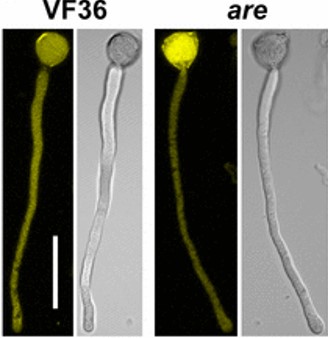
A key role for flavanols in the promotion of pollen success (PNAS) ($)
Plant Science Research WeeklyThe reproductive success of angiosperms relies on the fertilization of the female gametophyte (egg sac) by pollen that travels long-distances in the pistil. Previous studies suggest a role for phenylpropanoid-related metabolites (flavonoids and anthocyanins) in controlling pollen growth and fertilization,…
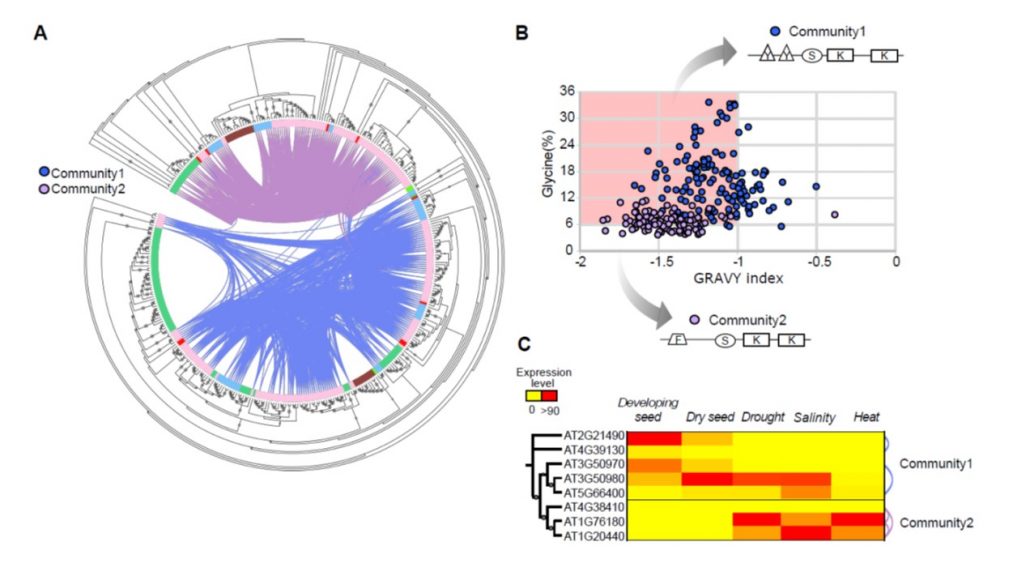
Genomic diversification of LATE EMBRYOGENESIS ABUNDANT (LEA) protein gene families (GBE)
Plant Science Research WeeklyLEA genes were first identified as being highly abundant during seed desiccation (hence their name), but later were also shown to accumulate in other tissues in response to drought stress, and to confer desiccation tolerance in “resurrection plants”. These small proteins are characterized by having…

Alternative Splice Variant Sheds Light on Temperature Acclimation in Algae
Plant Physiology, Plant Physiology: News and ViewsClimate change is a potent environmental force that all living organisms must contend with. This is especially true for photosynthetic, microalgae that are forced to acclimate to ever changing water temperatures and coordinate changes in their physiology and growth rates (Singh and Singh, 2015). These…
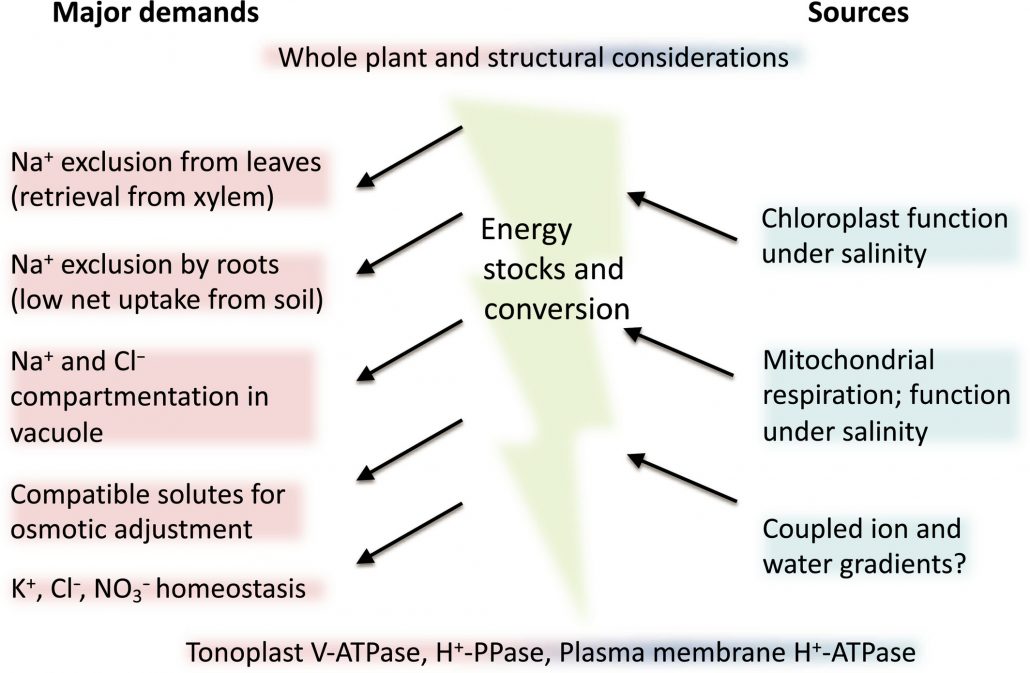
Meeting review: Energy costs of salinity tolerance in crop plants (New Phytol)
Plant Science Research WeeklyPlants use diverse strategies for salt tolerance, including regulated transport of several different ions and production of compatible organic solutes. In April 2018, a workshop was held to discuss strategies for breeding salt tolerance in plants, with a focus on the energy requirements of various strategies.…
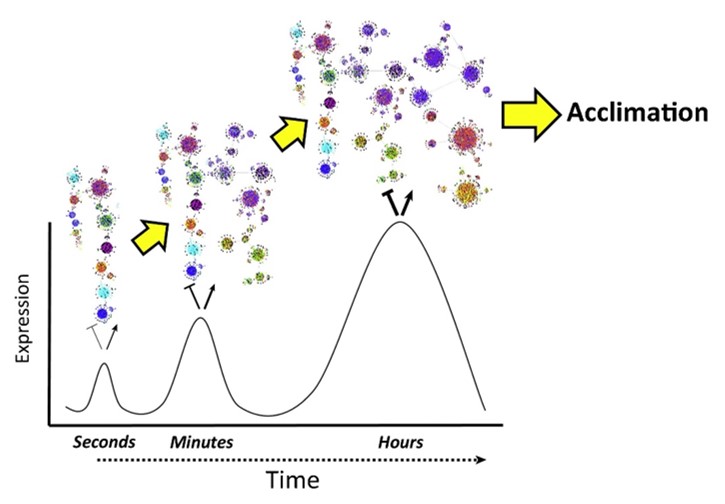
Opinion: Rapid responses to abiotic stress (TIPS)
Plant Science Research WeeklySeveral recent studies have demonstrated that plants are able to respond to environmental challenges within minutes, through electrical signals, calcium oscillations, hydraulic changes, metabolites such as glutamate, and reactive oxygen species. Kollist et al. review studies of rapid responses that control…
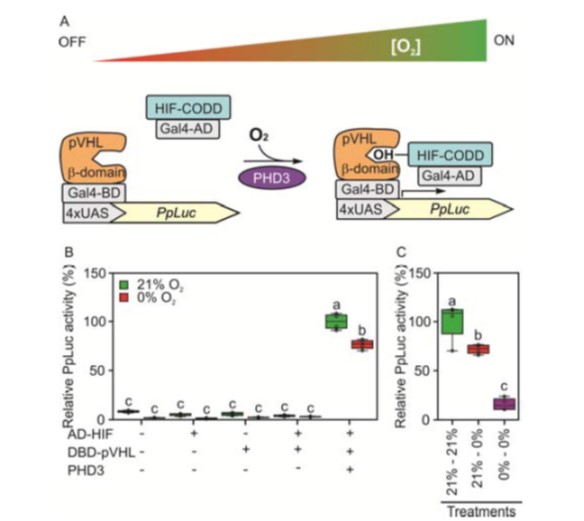
A synthetic oxygen sensing device for plants
Plant Science Research WeeklyPlants can die from a lack of oxygen (hypoxia), which contributes to the devastating losses caused by flooding. Iacopino et al. set out to develop a more specific method for detecting oxygen levels in plants, based on the mammalian Hypoxia Inducible transcription Factor HIF. HIF is hydroxylated by…
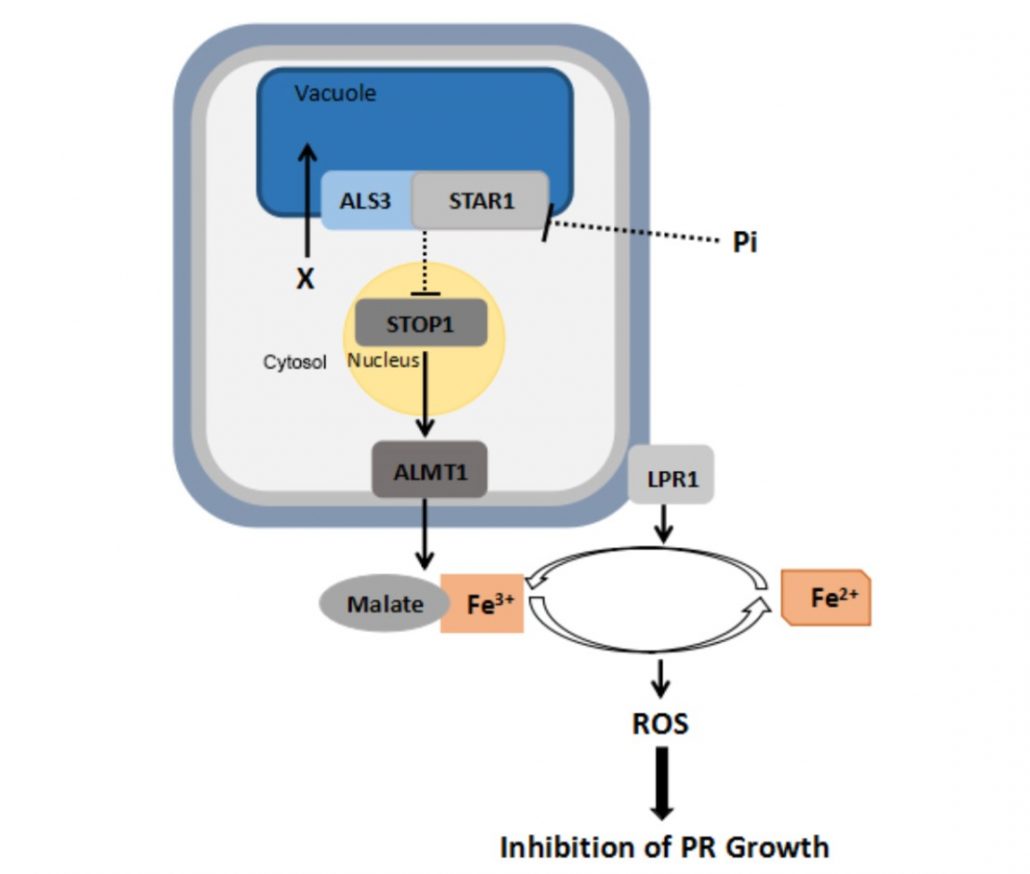
Genetic dissection of Fe-dependent signaling in root developmental responses to phosphate deficiency ($)
Plant Science Research WeeklyPhosphate deficiency leads to arrest of primary root elongation. Previous work has shown that this arrest depends upon Fe, raising the possibility that Fe accumulation in the root apex is the cause of growth arrest. Several genes involved in low Pi response have been identified, including genes encoding…

Heat-inducible lipase HIL1 mitigates heat stress in Arabidopsis
Research, The Plant Cell, The Plant Cell: In a NutshellHigashi et al. investigate the function of a heat-inducible lipase in Arabidopsis thaliana. Plant Cell (2018). https://doi.org/10.1105/tpc.18.00347
By Yasuhiro Higashi and Kazuki Saito
Background: Land plants suffer from high-temperature stress, exacerbated by climate changes in recent years.…
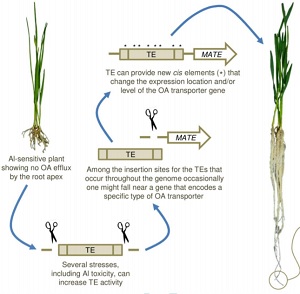
Review: Transposable elements have role in aluminum resistance (J Exp Bot)
Plant Science Research WeeklyPhytotoxic aluminum can drastically harm plant roots, leading to decreased nutrient uptake, water absorption and yields. Many plant species efflux organic anions into the rhizosphere to reduce the toxic effects of aluminum. Some of the genes that encode transporter proteins which mediate organic anion…

